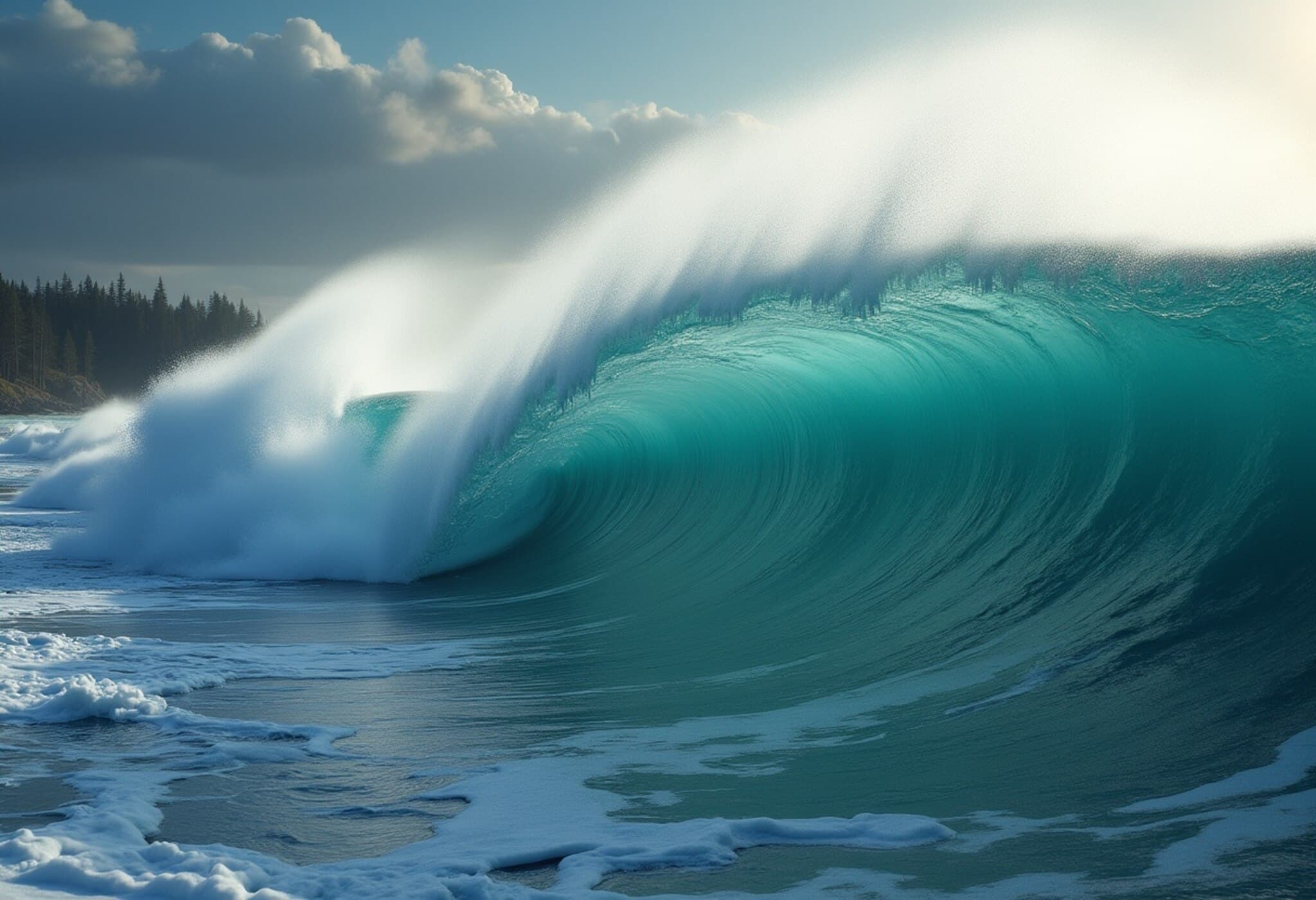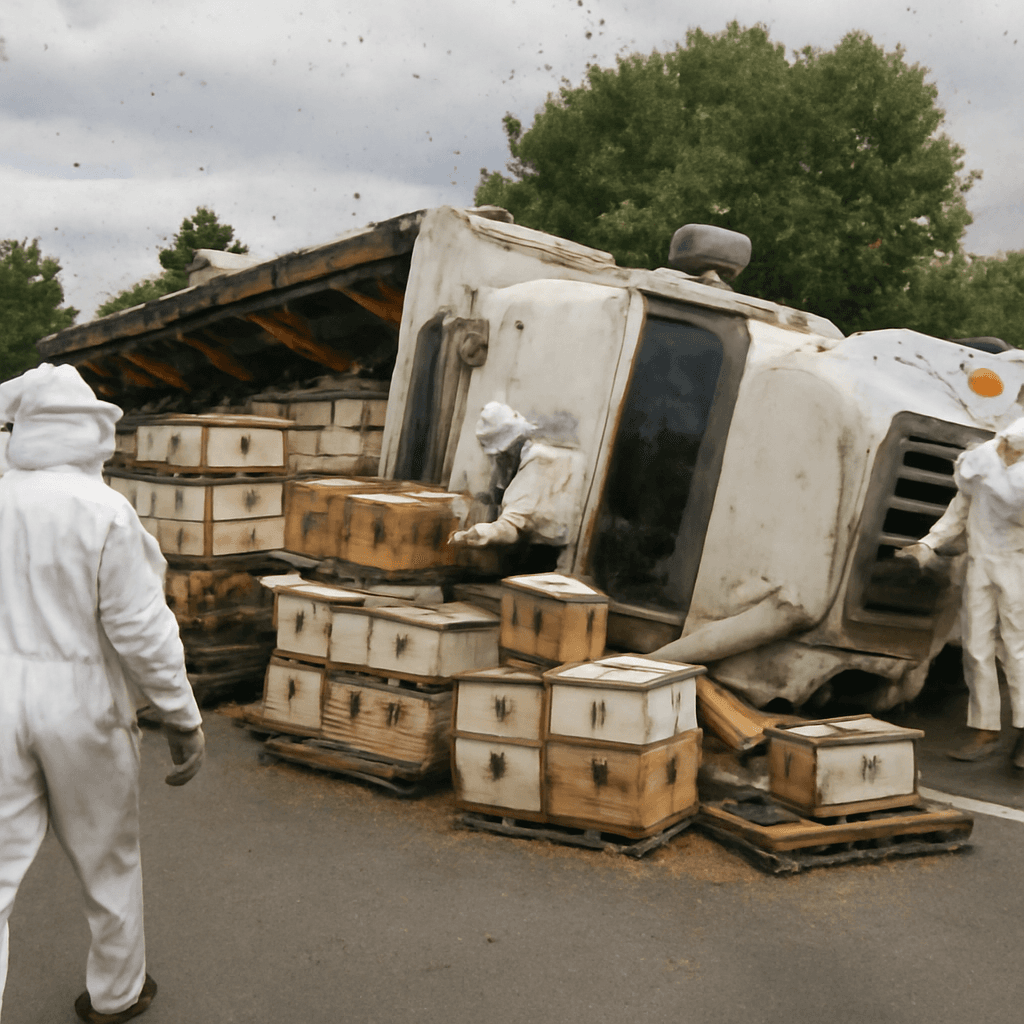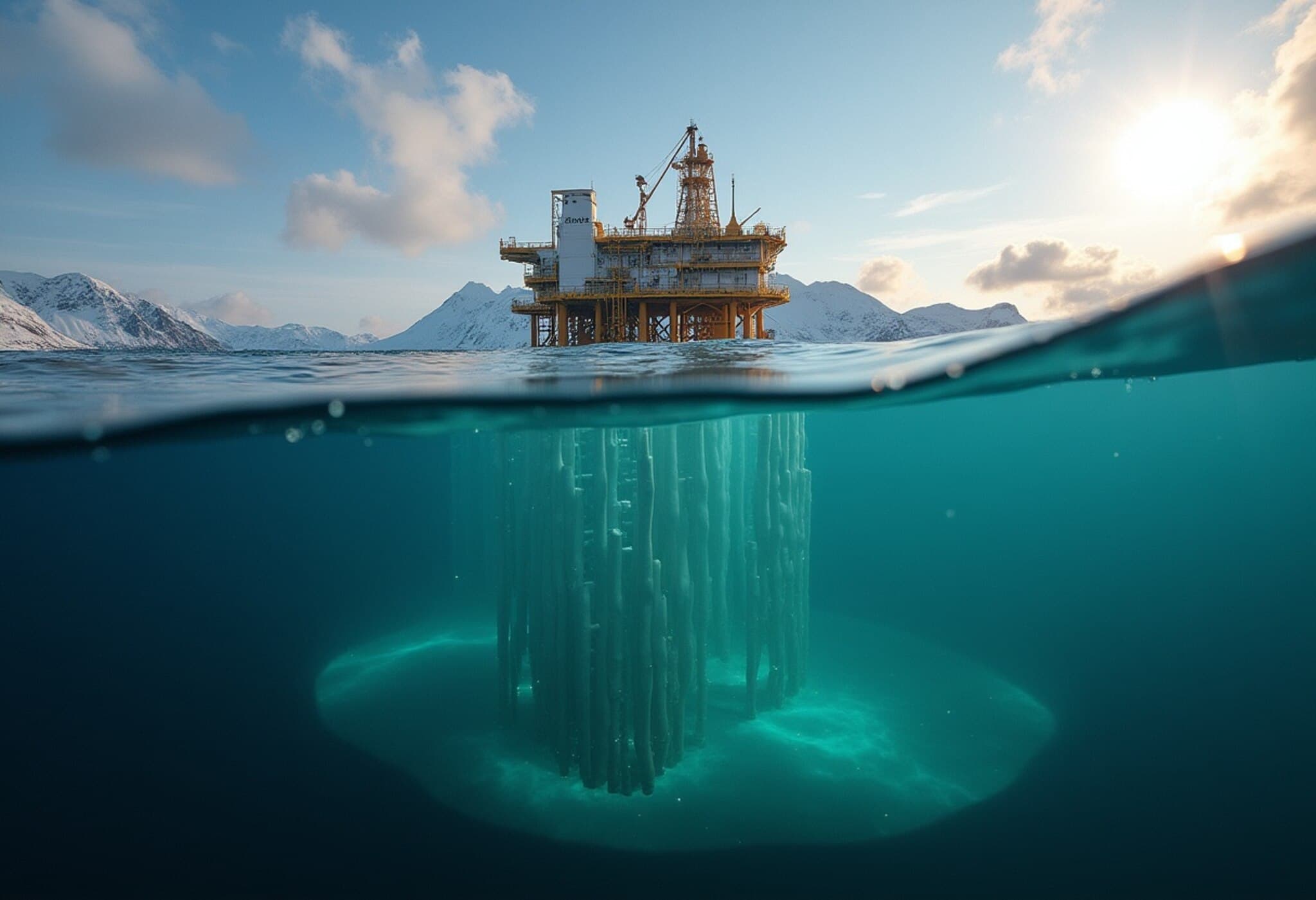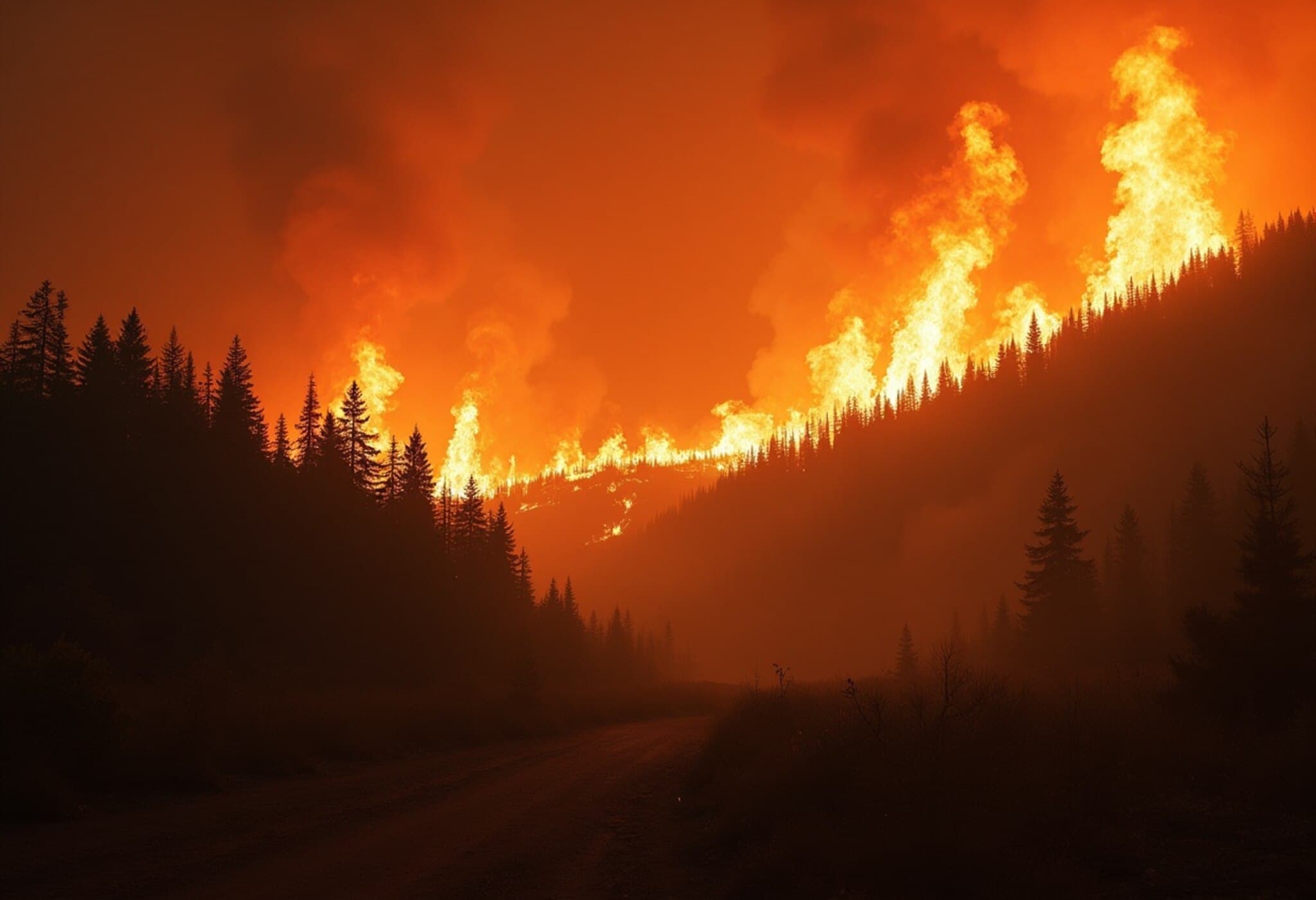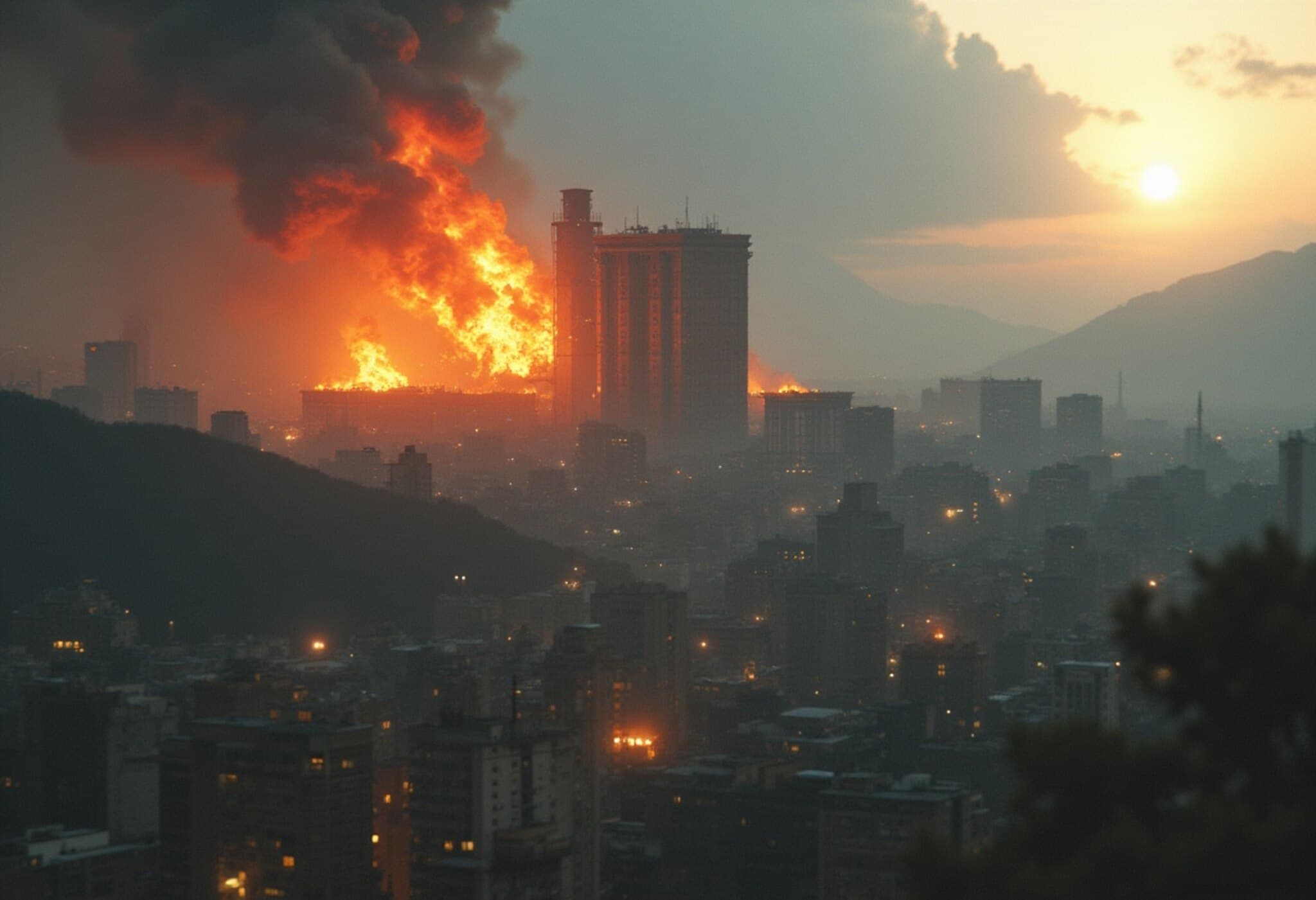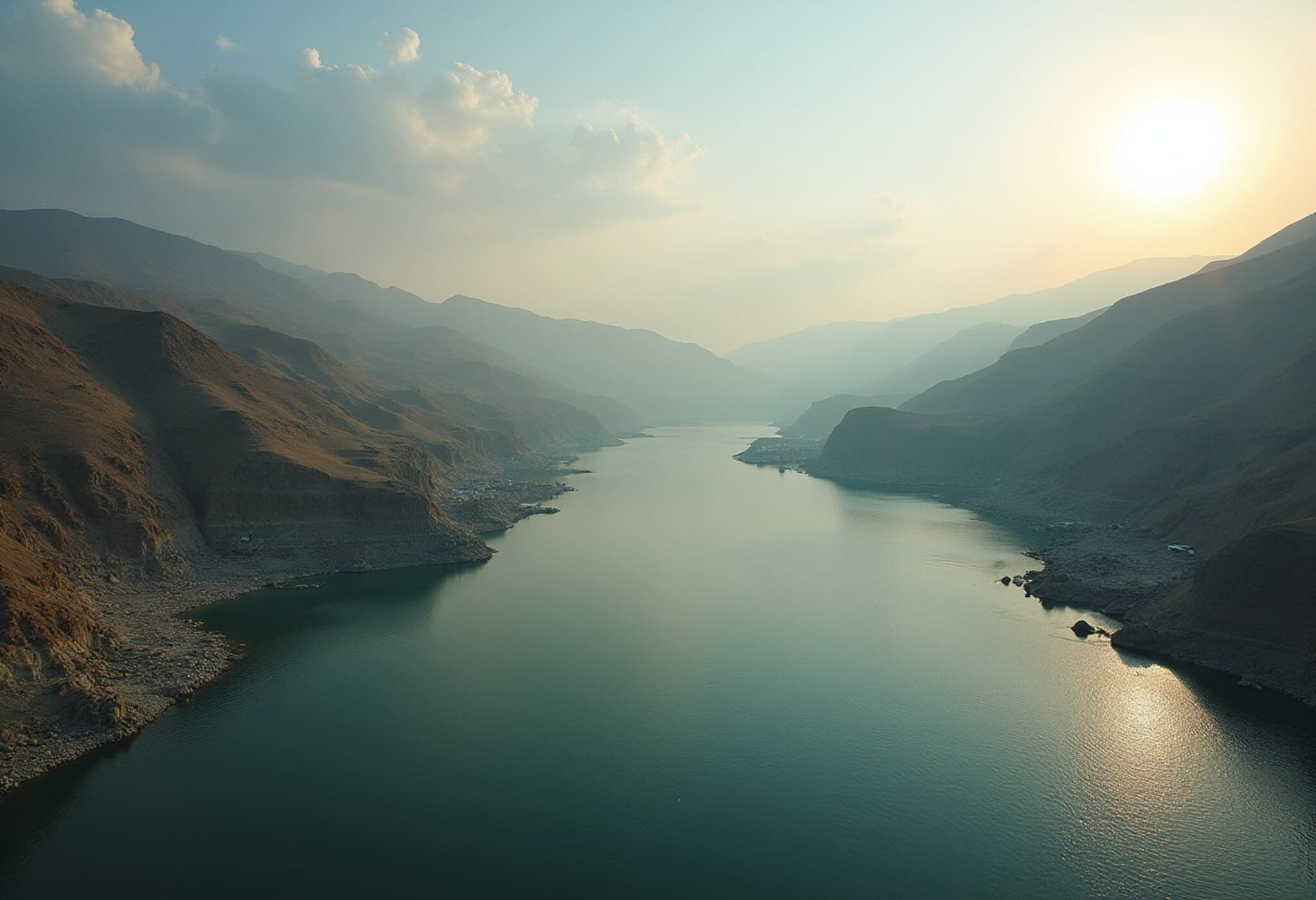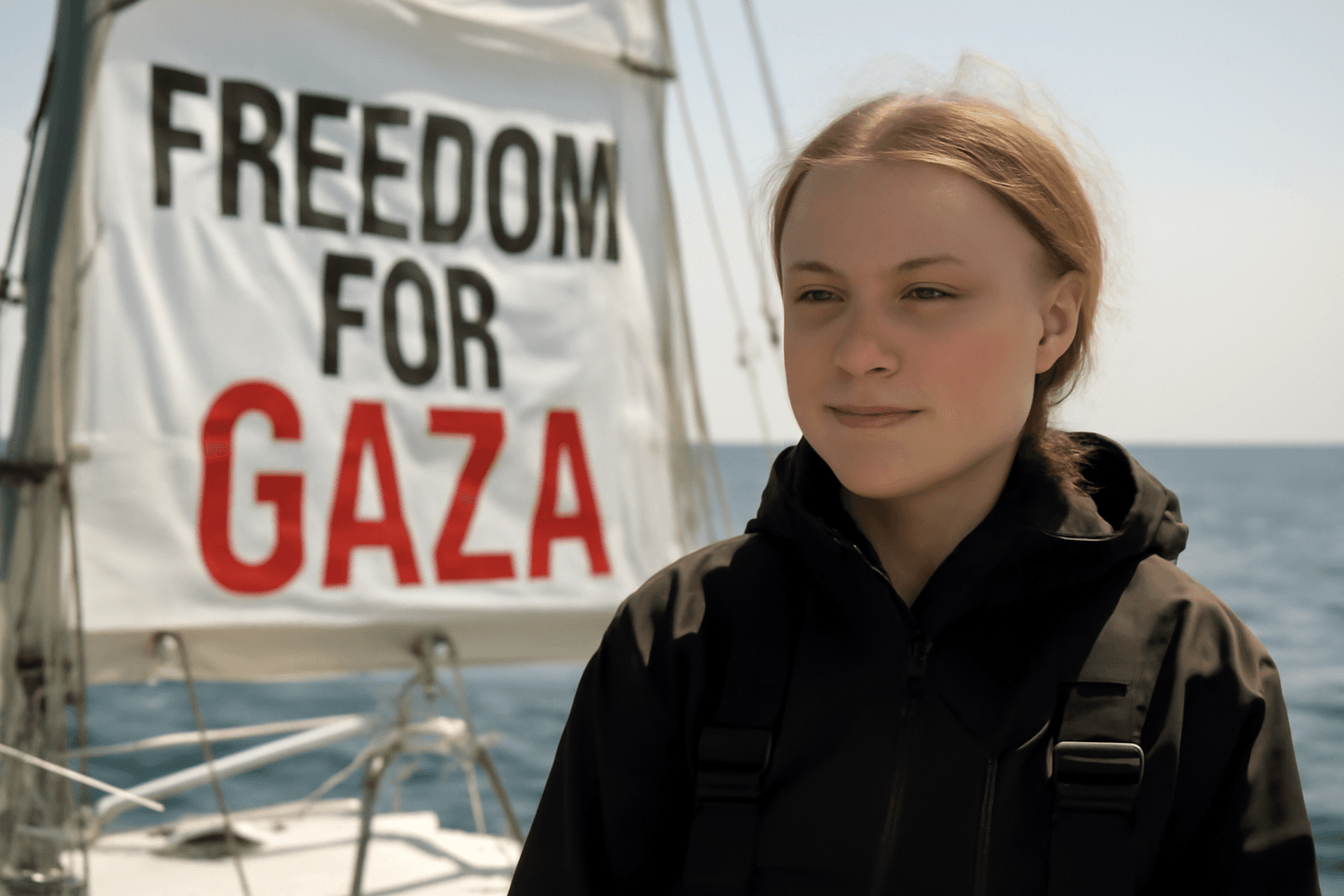Scientists Warn of Catastrophic Mega-Tsunami Threat Along the US Pacific Coast
A recent study from Virginia Tech has cast a stark light on the escalating risks posed by the Cascadia Subduction Zone (CSZ), a fault line stretching nearly 600 miles from Northern California to Vancouver Island. Experts warn that a major earthquake here could trigger an unprecedented mega-tsunami, with waves soaring as high as 1,000 feet, threatening millions of lives and critical infrastructure along the West Coast.
Understanding the Cascadia Subduction Zone: A Ticking Geological Time Bomb
The CSZ is one of North America's most dangerous seismic faults, where the oceanic Juan de Fuca Plate slowly slips beneath the North American Plate. Over centuries, immense tectonic stress accumulates, primed to unleash a powerful earthquake—the last major event recorded was in 1700. That quake sent tsunami waves rippling across the Pacific, even reaching Japan.
Today, the stakes are far higher. With dense urban centers like Seattle, Portland, and northern California suburbs built along the coastline, a sudden land subsidence of up to 6.5 feet and colossal tsunami waves could create an emergency scenario never before witnessed in the modern era.
The Science Behind the Mega-Tsunami
Led by geoscientist Tina Dura, the Virginia Tech team utilized tens of thousands of simulations to model the potential impacts of a magnitude 8.0 or greater earthquake on the CSZ. Their findings are chilling: waves could engulf entire coastal cities within minutes, surpassing the heights of typical tsunamis that usually measure just a few feet.
This dual threat of ground sinking and towering waves would rapidly expand floodplains, leaving little time for evacuation and placing an estimated 30,000 lives at risk. Beyond human safety, the damage to infrastructure could be staggering—over 170,000 buildings potentially destroyed, critical transportation routes severed, and economic losses surpassing $81 billion.
High-Risk Areas and the Role of Climate Change
- Southern Washington, northern Oregon, and northern California stand as the most vulnerable areas.
- Low-lying coastal zones may face permanent inundation, a risk exacerbated by climate-driven sea level rise projections through 2100.
- Communities must recognize this intersection of seismic hazards and climate change as a compound disaster, demanding integrated urban planning and infrastructure resilience.
Urgent Call for Preparedness and Policy Action
Tina Dura emphasized that this mega-tsunami would strike suddenly and catastrophically. Unlike slow environmental shifts, the event would afford precious little warning time. As such, she and her team urge immediate improvements to early-warning systems, the reinforcement of buildings, and robust community evacuation drills.
Given the potential scale of devastation, policymakers, emergency managers, and residents must collaborate on comprehensive disaster strategies now—not later. Lessons can be drawn from other tsunami-prone regions globally where preparedness has saved countless lives.
Beyond the Headlines: Underreported Questions and Regional Implications
While the study provides crucial scientific insights, several pressing questions remain: How will local governments coordinate multi-state evacuation plans amid such rapid onset disasters? What investments are federal and state agencies committing to bolster infrastructure resilience? Moreover, how will vulnerable populations, such as the elderly and economically disadvantaged, be protected?
From an economic perspective, the interplay between a mega-tsunami and climate change could compound long-term recovery challenges, particularly if vital ports and energy hubs are disrupted. This calls for forward-thinking policymaking that bridges disaster risk reduction with climate adaptation.
Editor’s Note
The looming threat of a mega-tsunami from the Cascadia Subduction Zone is not just the stuff of science fiction but a tangible hazard with potentially devastating consequences. This Virginia Tech study offers a sobering reminder that natural disasters often do not wait for convenient preparation. As the climate changes and coastal development continues, the window to act narrows.
For readers and policymakers alike, the takeaways are clear: investing in sophisticated warning systems, resilient urban infrastructure, and inclusive emergency planning is not optional—it is imperative. How communities respond to this call will define the future safety and sustainability of the US Pacific Coast.
Ultimately, awareness and action today can transform a potential catastrophe into a story of resilience and survival.

